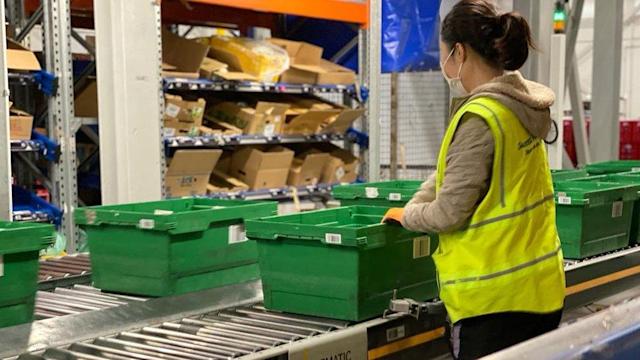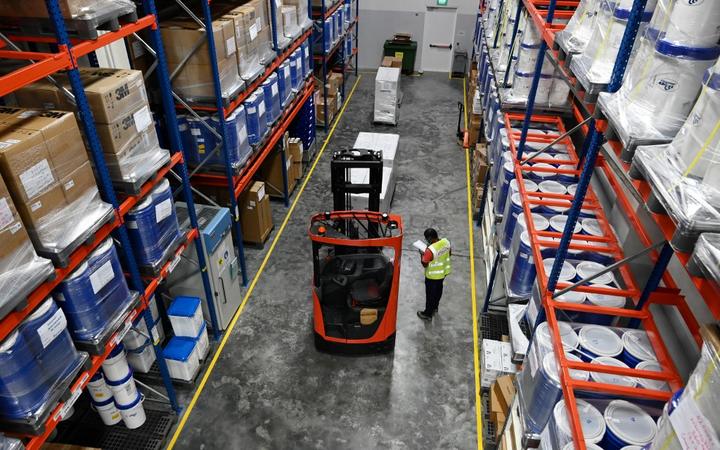
They’re not stylish. They do not have furniture or chandeliers; however, warehouses are a hot property worldwide.
What is the reason? In essence, it’s because retailers, and especially businesses, are running out of space to store the many items we purchase on the internet.
The pandemic started in the latter half of the year; the online market is believed to have increased by 43.5 percent to reach $2.87tn (PS2.1tn) worldwide, and more than half originated from Asia, according to the market research firm Euromonitor.
The supply chain crisis in the world has been making news for the past few months. The cause is a web of disruptions that affect everything from factories to shipping companies throughout Asia, the US and the UK and even an insufficient supply of truck drivers.
You might not know that this has helped increase the use of warehouse space across the globe close to capacity, with vacancy rates reaching the lowest levels ever recorded.
It is particularly evident in Asia because many products we purchase are manufactured in and exported through the region.
“The current vacancy rate in Asia is around 3% which is a historic low,” according to Henry Chin from CBRE, the world’s largest commercial real estate service firm.
“The stronger demands from ecommerce and the ongoing supply chain disruptions mean that companies want to hold the highest safety stock on hand,” said the expert.
To meet the demands of consumers, businesses like RedMart, one of Singapore’s largest online retailers, require more extensive warehouses and are increasingly relying on automation.
In the past year, RedMart moved to a more spacious warehouse, which quadrupled the amount of space available when the pandemic took hold. The new warehouse measures 12 metres tall with an area similar to seven football fields.

“Four or five years ago, we recognised that the online business and sales for groceries was going to increase anyway,” said Richard Ruddy, the chief retail officer at the parent of RedMart, Lazada.
“In the last 12 months, including the pandemic, the online market in Singapore grew by about 70% year over year which is about twice the previous 12 months. So the warehouse here helped us to meet part of that demand.”
Every week, tens of thousands of orders are processed into the warehouse near Singapore’s border with one of Singapore’s significant exporters, Malaysia.
There are over 100,000 items stored at the store at any given time. The quick turnaround of products means they’ll all disappear in three days and then be replaced with new products.
It is not surprising that the company uses data to determine precisely the number of products it requires at the moment, and automation permits to “to use every cubic centimetre of this warehouse,” Mr. Ruddy explained.
This has meant that RedMart required hiring only 200 more employees to run its more extensive facility. This is essential at this moment when staff shortages are a problem.
Mr. Ruddy anticipates expansion to come soon, and RedMart isn’t the only one anticipating growth like this.
In the most recent CBRE survey, More than three quarters (75%) of businesses that use warehouses in the Asia-Pacific region indicated that they would like to expand their operations in the coming three years, which shows that need for warehouse space is expected to grow.
In light of the increasing demand, warehouses are expected to become ever more automated and become much more extensive.
“The most obvious one is in Hong Kong which has a 20 storey warehouse because the land is limited for industrial usage,” explained Mr. Chin.
“Across Asia-Pacific, we will see three to five storeys, ramped up logistics facilities to improve efficiencies and they are also cost effective.”
But, this way of conducting business has its opponents. Since the beginning, there have been fears that humans will become robots as well as the idea that warehouses will take up larger spaces isn’t popular as well.
As we shop increasingly on the internet, retailers will continue to grow to meet the demands.